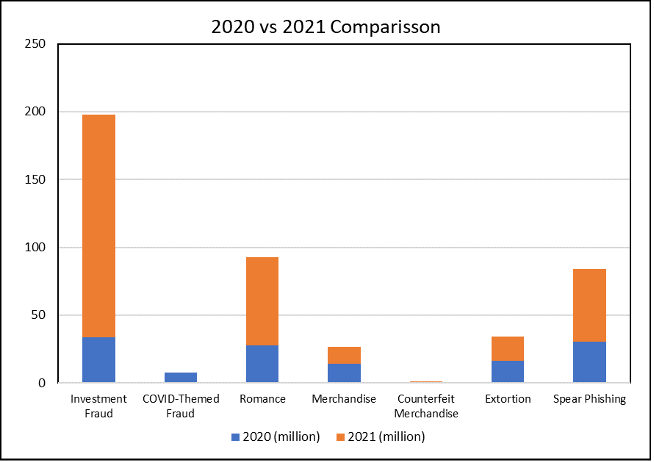AI-Driven Cybersecurity: Enhancing Threat Detection and Response
Description
Phishing, fraud, and digital scams have become a significant threat to individuals and organizations worldwide. The rise of remote work and increased digital transactions has only fueled the growth of these scams, making it more important than ever to develop effective solutions to detect and prevent them. In this challenge set, participants are expected to develop or ideate an AI-based solution to detect and prevent phishing, fraud, and digital scams.
The participants can develop a solution that can identify and prevent phishing emails, fake websites, fraudulent SMS messages, and other forms of digital scams. The solution should be able to analyze data in real-time and identify fraudulent activities as soon as they happen. The solution should also be easy to use, scalable, and integrate seamlessly with popular email clients, web browsers, and social media platforms. As a thought starter, research various trending digital scams and frauds, especially ones that use AI to understand how hackers are leveraging AI to gain access to protected information and how we can use AI to fight against AI.

In 2022, the Canadian Anti-Fraud Centre (CAFC) received fraud and cybercrime reports total to a staggering $530 million in victim losses. Nearly a 40% increase from the unprecedented $380 million in losses in 2021. These figures are questionable as they are likely to be much higher. The CAFC also states only five percent to 10% of fraud victims report their incidents.
Possible Solutions
Participants can develop a range of solutions that can be used for detecting and preventing phishing, fraud, and digital scams. Some of the possible solutions are
Machine Learning-based approach
Participants can develop a machine learning-based model that can identify fraudulent activities based on data patterns. The model can be trained on a dataset of phishing, fraud, and digital scam incidents to identify common patterns and signatures of these scams.
Natural Language Processing (NLP) approachn
Participants can use NLP techniques to analyze the text of emails, SMS, and other forms of communication to detect any malicious intent. NLP can be used to identify specific keywords and phrases commonly used in phishing and scam emails.
Image Recognition approachn
Participants can develop an AI-based solution that can analyze images and logos to detect any signs of fraud or phishing. This can help identify fake websites and email phishing attempts that use images to lure users.
